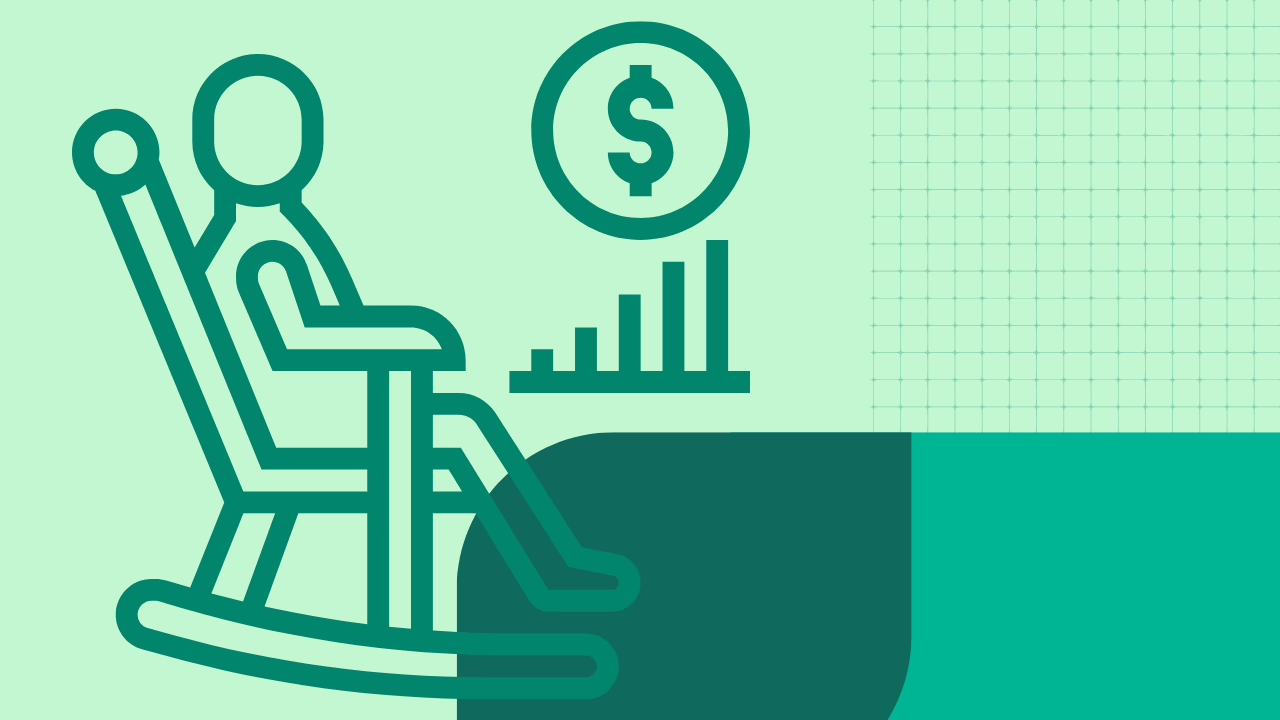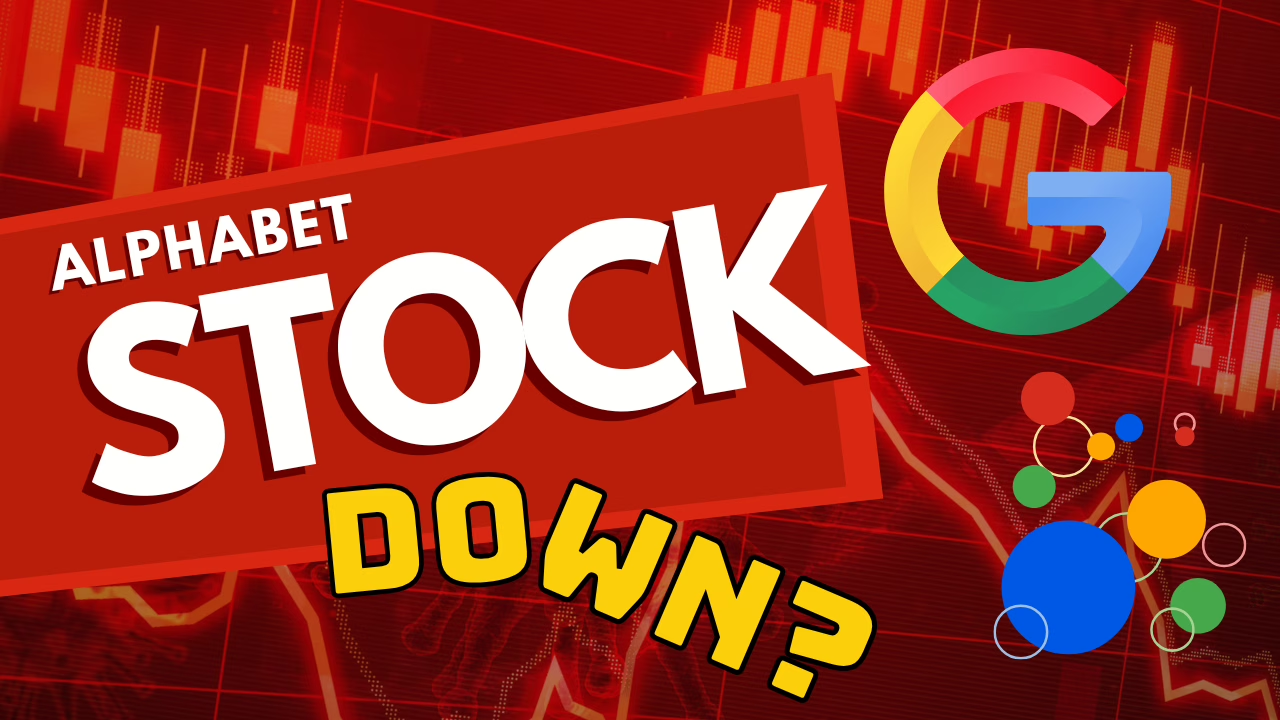A covered call is a widely used and relatively conservative options strategy employed by investors who own the underlying stock and want to generate additional income by selling call options against those shares. It’s considered a cornerstone strategy for income generation and mild risk management in equity portfolios.
Core Concept:
A covered call involves two simultaneous actions:
-
Owning the Underlying Stock: You must already own the shares of the stock for which you are selling the call options. This “coverage” is what makes the strategy less risky than selling naked calls (where you don’t own the underlying shares).
-
Selling a Call Option (Sell to Open): You sell a call option on those same shares. This call option gives the buyer the right, but not the obligation, to purchase your shares at a specific price (the strike price) on or before a specific date (the expiration date). In exchange for granting this right, you receive a premium from the buyer.
How it Works (Mechanics):
Consider an example: Suppose you own 100 shares of Stock XYZ, currently trading at $50. You are willing to sell these shares if the price reaches $55 within the next month.
- Action: You sell one call option contract on Stock XYZ with a $55 strike price, expiring in one month, and receive a premium of $0.75 per share (or $75 for the contract).
- Coverage: You already own the 100 shares of Stock XYZ, which can be used to fulfill your obligation if the call option is exercised.
Possible Outcomes at Expiration:
-
Stock Price Below $55 (e.g., $53):
- The $55 call option expires worthless because it is out-of-the-money. The buyer has no incentive to buy your shares at $55 when they can purchase them on the open market for $53.
- Your Profit: You keep the entire premium of $75. You also retain ownership of your 100 shares.
- Your Next Steps: You can choose to sell another call option against your shares in the future, with the same or a different strike price and expiration date, to generate further income.
-
Stock Price at $55:
- The $55 call option expires at-the-money. It might or might not be exercised depending on the buyer’s strategy and transaction costs. If it is exercised, you are obligated to sell your shares.
-
Stock Price Above $55 (e.g., $58):
- The $55 call option is in-the-money. The buyer will likely exercise their right to purchase your shares at $55.
- Your Obligation: You are obligated to sell your 100 shares of Stock XYZ at $55 per share, for a total of $5500.
- Your Profit: Your profit consists of the premium received ($75) plus the difference between the strike price and your original purchase price of the shares (assuming you bought them below $55). In this scenario, your upside potential was capped at $55 (plus the premium).
- Your Next Steps: You no longer own the shares. If you still want to own the stock, you would need to repurchase it in the open market.
Why Use a Covered Call?
- Generate Income: You earn a premium for selling the call option, which can supplement potential dividends or offset some of the risk of holding the stock.
- Mild Downside Protection: The premium received provides a small buffer against a decline in the stock price. The stock price would have to fall by more than the premium received for you to be in a worse position than simply holding the shares.
- Potential to Sell at a Target Price: If the call option is exercised, you sell your shares at the strike price, which you may have considered a desirable selling point.
- Relatively Low Risk (Compared to Naked Calls): Because you own the underlying shares, you can fulfill your obligation if the call is exercised, avoiding the potentially unlimited losses associated with selling naked calls.
Key Considerations and Risks:
- Capped Upside Potential: Your potential profit is limited to the strike price of the call option plus the premium received. If the stock price rises significantly above the strike price, you will miss out on those gains as your shares will likely be called away.
- Downside Risk Remains: While the premium offers some protection, you still bear the risk of the stock price declining. The premium only partially offsets this loss.
- Opportunity Cost: By selling the call, you forgo the opportunity to profit from a significant upward move in the stock price beyond the strike price.
- Early Assignment: Although less common for out-of-the-money calls, early assignment is possible, especially if there’s an upcoming dividend that makes it attractive for the call holder to exercise early to capture the dividend.
- Tax Implications: The sale of the call option and the eventual sale of the shares (if called away) will have tax consequences that you should understand.
Choosing the Right Strike Price and Expiration Date:
- Strike Price:
- At-the-money or slightly in-the-money: Offers a higher premium but increases the likelihood of the shares being called away.
- Out-of-the-money: Offers a lower premium but reduces the likelihood of the shares being called away, allowing you to potentially benefit from further price appreciation.
- Expiration Date:
- Shorter-term: Offers a higher annualized premium but requires more frequent management.
- Longer-term: Offers a lower annualized premium but requires less frequent management.
In Summary:
A covered call is a strategy where you leverage your existing stock holdings to generate income by selling call options. It’s a popular choice for investors who are neutral to slightly bullish on a stock in the short term and are willing to sell their shares if the price reaches the chosen strike price. While it provides income and some downside protection, it also caps your potential upside. The key to successful covered call writing lies in selecting appropriate strike prices and expiration dates that align with your investment goals and outlook for the underlying stock.




